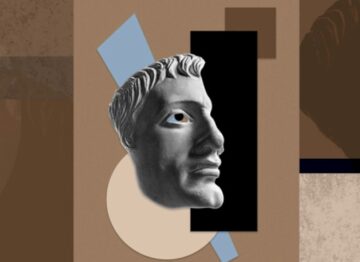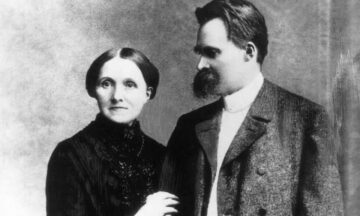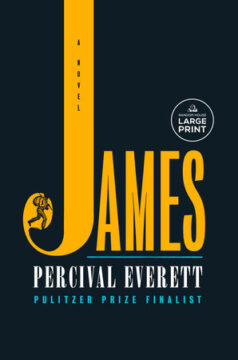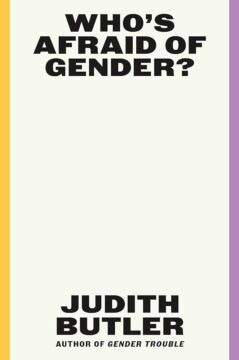Motion
If you are the amber mare
……………. I am the road of blood
If you are the first snow
……………. I am he who lights the hearth of dawn
If you are the tower of light
……………. I am the spike burning in your mind
If you are the morning tide
……………. I am the first bird’s cry
If you are the basket of oranges
……………. I am the knife of the sun
If you are the stone altar
……………. I am the sacrilegious hand
If you are the sleeping land
……………. I am the green cane
If you are the wind’s leap
……………. I am the buried fire
If you are the water’s mouth
……………. I am the mouth of the moss
If you are the forest of the clouds
……………. I am the axe that parts it
If you are the profaned city
……………. I am the rain of consecration
If you are the yellow mountain
……………. I am the red arms of lichen
If you are the rising sun
……………. I am the road of blood
by Octavio Paz
from Octavio Paz the Collected Poems 1957-1987
Carcanet, 1987

 Alexandra Hudson is a writer, an adjunct professor at the Indiana University Lilly School of Philanthropy, and the founder of the publication Civic Renaissance. Hudson’s first book is
Alexandra Hudson is a writer, an adjunct professor at the Indiana University Lilly School of Philanthropy, and the founder of the publication Civic Renaissance. Hudson’s first book is  The first thing to understand is that all measurements come with “uncertainties” or “errors,” two words often used interchangeably. The uncertainly on a measurement is an expression of the precision with which we think we have measured a particular quantity. Uncertainties come in two key types. There are statistical uncertainties and systematic uncertainties.
The first thing to understand is that all measurements come with “uncertainties” or “errors,” two words often used interchangeably. The uncertainly on a measurement is an expression of the precision with which we think we have measured a particular quantity. Uncertainties come in two key types. There are statistical uncertainties and systematic uncertainties.
 “You need to work on your face.”
“You need to work on your face.” F
F Everett has spoken in the past with frustration about Erasure looming so large in his body of work. Does he still feel that way? “The only thing that ever pissed me off is that everyone agreed with it. No one took issue, or said: ‘It’s not like that.’” Why was that annoying? “I like the blowback. It’s interesting. There’s nothing worse than preaching to the choir, right?” Erasure came out in 2001, but people have taken American
Everett has spoken in the past with frustration about Erasure looming so large in his body of work. Does he still feel that way? “The only thing that ever pissed me off is that everyone agreed with it. No one took issue, or said: ‘It’s not like that.’” Why was that annoying? “I like the blowback. It’s interesting. There’s nothing worse than preaching to the choir, right?” Erasure came out in 2001, but people have taken American  Despite its notoriously opaque prose, Butler’s best-known book, “Gender Trouble: Feminism and the Subversion of Identity” (1990), has been both credited and blamed for popularizing a multitude of ideas, including some that Butler doesn’t propound, like the notions that biology is entirely unreal and that everybody experiences gender as a choice.
Despite its notoriously opaque prose, Butler’s best-known book, “Gender Trouble: Feminism and the Subversion of Identity” (1990), has been both credited and blamed for popularizing a multitude of ideas, including some that Butler doesn’t propound, like the notions that biology is entirely unreal and that everybody experiences gender as a choice. Charles Lutwidge Dodgson, pen name Lewis Carroll, is best known as the Victorian-era author of Alice’s Adventures in Wonderland. Now, out of obscurity, comes
Charles Lutwidge Dodgson, pen name Lewis Carroll, is best known as the Victorian-era author of Alice’s Adventures in Wonderland. Now, out of obscurity, comes